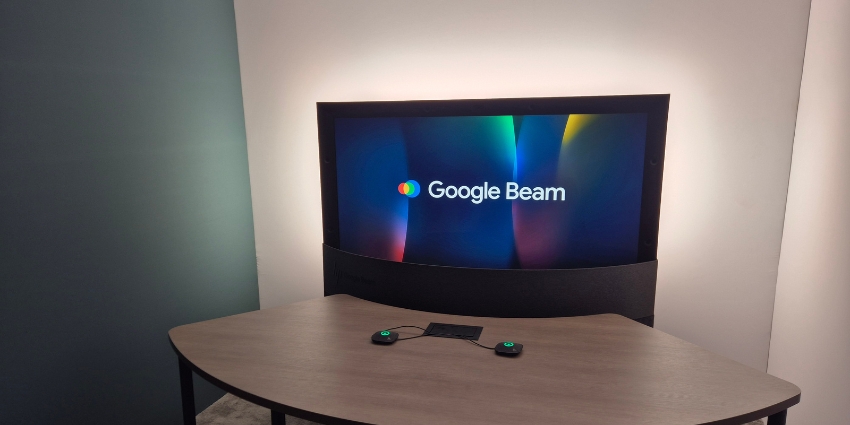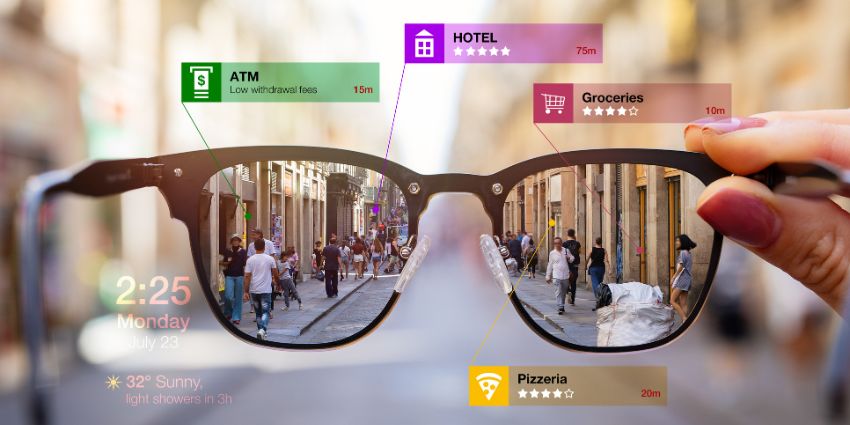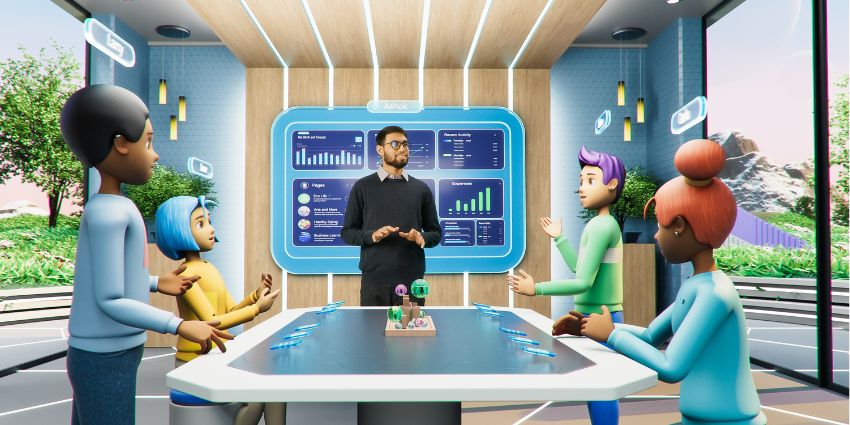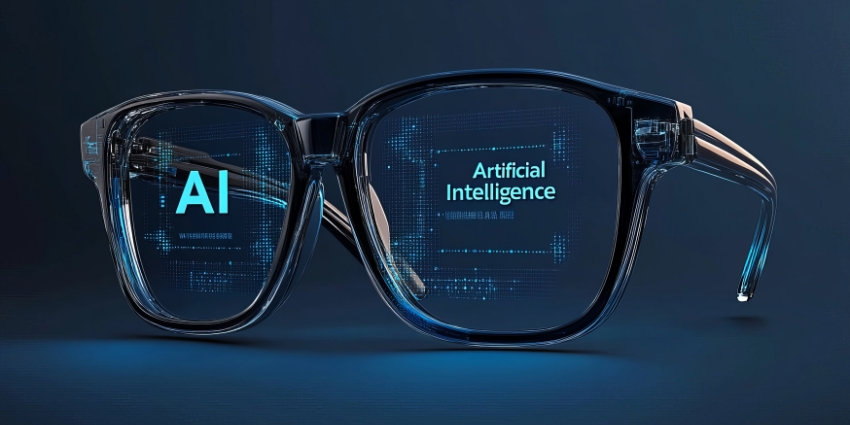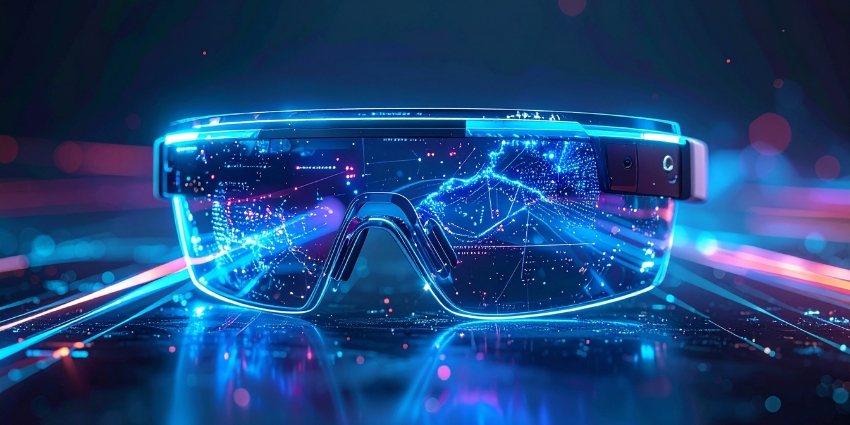As someone who’s spent years analyzing collaboration technology trends and experiencing countless product demonstrations, I walked into InfoComm 2025 in Orlando this week with the usual mixture of curiosity and healthy skepticism. After covering the unified communications industry for nearly a decade, I’ve learned to temper expectations when vendors promise revolutionary breakthroughs. But what I experienced at the HP and Google partnership demonstration fundamentally changed my perspective on what’s possible in human connection through technology.
The Moment Everything Changed
I was fortunate enough to secure a demonstration of HP Dimension and Google Beam—a collaboration solution that represents the latest evolution of Google’s Project Starline initiative. Walking into that demonstration room, I had no real expectations beyond seeing another impressive but ultimately incremental advancement in video conferencing technology. I’ve witnessed a number of holographic promises before, watched promotional videos that looked spectacular, and consistently found myself thinking “close, but not quite there yet.”
The HP team allowed me to take a quick selfie with the HP Dimension setup before the demo began—a sleek, sophisticated piece of hardware that immediately commanded attention. Then they asked me to sit down and explained I wouldn’t be able to record the session. At first, I found this frustrating from a journalist’s perspective, but I quickly understood their reasoning: some experiences simply cannot be captured through traditional recording methods.

The Shock of Authentic Presence
What happened next genuinely made me jump in my chair. The HP demonstration representative appeared on screen, and my brain struggled to process what I was seeing. This wasn’t video conferencing as I knew it—this person appeared to be sitting just one foot across the desk from me, with such authentic presence that my instinctive reaction was to look around the room to confirm I was still alone.
My brain struggled to process what I was seeing
I found myself staring intensely, searching for telltale signs of digital artifice—pixelation, lag, that uncanny valley feeling that typically accompanies even the best video technology. I was actively looking for reasons to remain skeptical, hunting for the inevitable disappointment that usually follows bold technology promises. But those flaws never materialized.
The experience was flawless in ways that surprised me. The audio clarity was exceptional, creating genuine spatial awareness that made conversation feel natural and effortless. But what struck me most profoundly was eye contact—real, meaningful eye contact that you simply cannot achieve through traditional video conferencing, regardless of screen size or quality. In that moment, I realized how much human connection we’ve been sacrificing in our digital-first world.
Innovation That Actually Delivers
The demonstration continued with the representative reaching down to pick up an apple, extending it toward me as if he could hand it through the screen. The gesture was playful, but the implications were serious—this technology creates spatial awareness and depth perception that transforms digital interaction from a flat, impersonal exchange into something approaching genuine human presence.
When he transitioned to presenting slides, the experience felt completely natural—exactly like sharing content in a physical meeting room. The seamless integration between immersive presence and traditional collaboration tools demonstrated thoughtful product development that prioritizes user experience over flashy features.
The technical execution deserves recognition. HP’s hardware engineering delivers mind-blowing visual and audio quality that creates the foundation for this experience. But Google’s AI technology via its Beam platform provides the magic—reconstructing human presence with such sophisticated 3D rendering that your brain accepts what it’s seeing as authentic rather than artificial.
Addressing the Practical Reality
Of course, innovation this significant comes with important practical considerations. The HP Dimension solution carries a price tag of approximately $25,000 for the hardware, plus Google Beam room licensing fees and likely additional room preparation costs. For many organizations, this represents a substantial investment that demands clear justification.
During my conversations with both HP and Google teams afterward, I pressed them on the fundamental question: what business problem does this actually solve? The answer reveals both the current opportunity and future potential.
For organizations managing global collaboration—particularly in manufacturing, executive leadership, or specialized training scenarios—this technology offers return on investment through dramatically enhanced communication effectiveness. When you consider the costs of traditional executive meeting experiences or the productivity losses from inadequate remote collaboration, the investment equation becomes more compelling.
The current configuration supports one-to-one experiences, which initially limits broader adoption. However, the trajectory toward smaller form factors, desktop editions, and more accessible pricing suggests this represents the beginning of a longer transformation rather than a niche solution.
The Human Element That Changes Everything
What makes this experience genuinely revolutionary isn’t just the technical specifications or impressive feature list; it’s the restoration of human elements we’ve unconsciously abandoned in digital communication. The ability to maintain natural eye contact, observe subtle body language, and experience authentic presence creates engagement levels that fundamentally change how we connect with colleagues, partners, and customers.
This technology brought me closer to a genuine human experience through a screen than anything I’ve encountered in decades of testing collaboration solutions.
Looking Forward: The Future of Human Connection
HP Dimension is now available for Google Meet and Zoom Rooms, representing market readiness rather than laboratory experimentation. While the premium positioning limits immediate widespread adoption, the innovation trajectory suggests we’re witnessing the early stages of a fundamental shift in how technology enables human connection.
This solution has been described as a game-changer, and having experienced it firsthand, I believe that characterization is justified. The premium immersive experience creates new possibilities for meaningful collaboration that could reshape how we think about remote work, global partnerships, and organizational culture.
As I reflect on my InfoComm 2025 experience, I’m reminded that occasionally, despite our industry’s tendency toward incremental improvements disguised as breakthrough innovations, genuine transformation does occur. Google and HP have created something that transcends traditional video conferencing limitations and offers a glimpse into a future where physical distance becomes increasingly irrelevant to human connection.
For business leaders evaluating collaboration technology strategies, this solution deserves serious consideration—not just for its current capabilities, but for what it represents about the direction of workplace innovation. We’re entering an era where technology can finally deliver on promises of authentic digital presence, and that changes everything about how we’ll work together in the years ahead.
